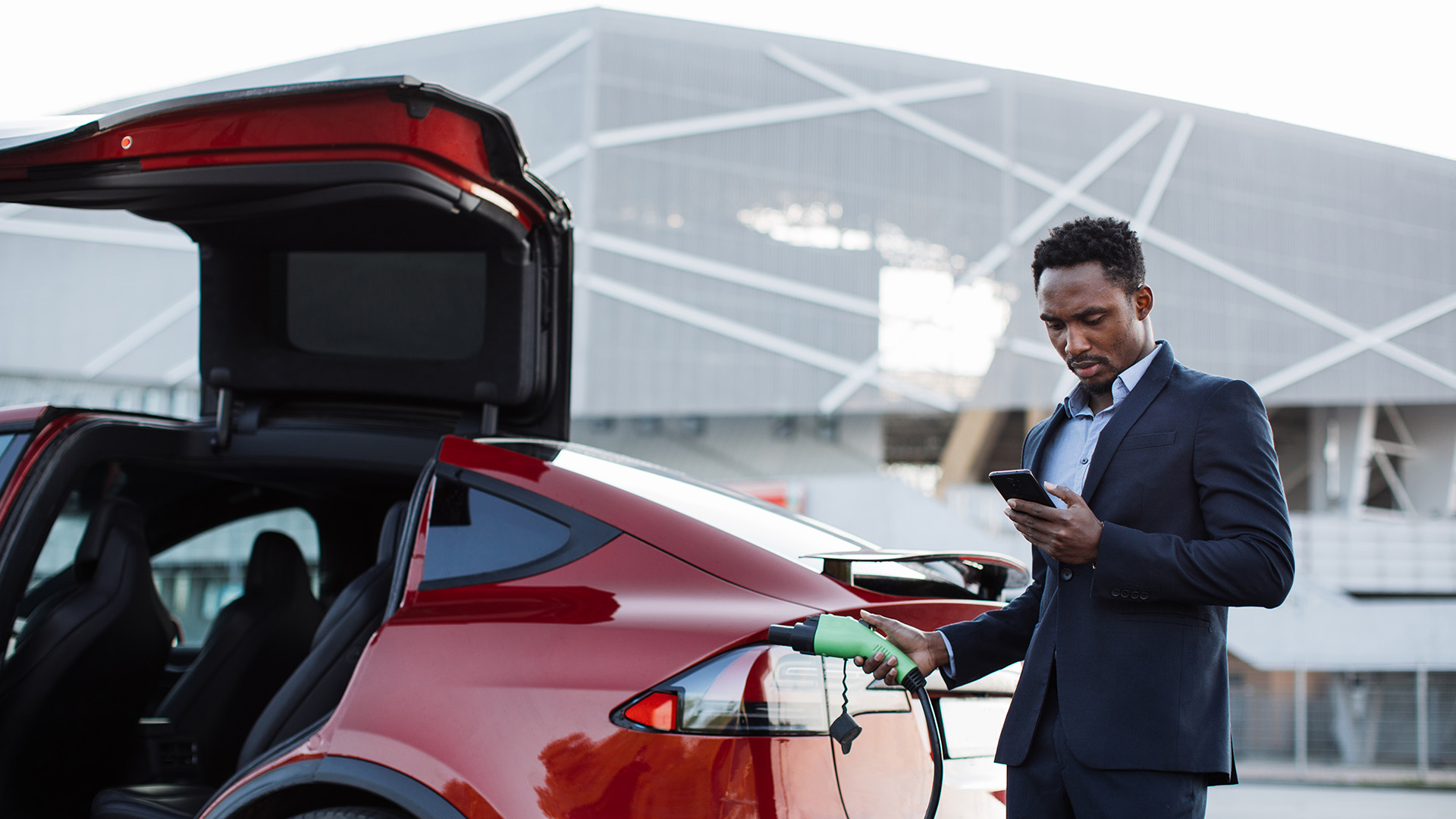Localizing New Electric Vehicle Terminology in Emerging Markets
Localization - EVs - Electric Vehicles - Translation

Unless you’ve been living under a rock, you’ve probably noticed there are more electric vehicles around today than ever before. And, of course, this isn’t an accident.
Rising concerns over the impact of fossil fuels and plummeting lithium-ion battery costs are driving the widespread adoption of electric vehicles (EVs) across the globe. Much of this shift is happening naturally, but some countries are taking a more aggressive approach.
For example, the UK plans to end the sale of new petrol and diesel vehicles by 2030, and as time goes on, it’s likely more countries will follow suit. But before we all drive our silent cars to the charging station, we first have to buy them. And to buy them, we have to understand what we’re buying. This is where localization comes in. This guide will explain how to localize new electric vehicle terminology in emerging markets!.
But before we all drive our silent cars to the charging station, we first have to buy them. And to buy them, we have to understand what we’re buying. This is where localization comes in. This guide will explain how to localize new electric vehicle terminology in emerging markets!.
Why Localization is Vital
In 2016, a Tesla Model S driver in China, Luo Zhen, crashed his car on a busy road after taking his hands off the steering wheel. Zhen claims that Tesla’s marketing in China led him to believe the car was a wholly autonomous self-driving vehicle.
Here, Tesla used the term “zidong jiashi,” to describe their semi-autonomous autopilot feature, which translates to “self-driving”.
Fortunately, no one was harmed in this collision. However, it does raise a crucial issue. Localization is essential for many reasons; connecting with your audience, avoiding cultural insensitivity, increasing brand loyalty, and gaining a competitive edge.  But when it comes to powerful machines like cars, localization also becomes a point of safety.
But when it comes to powerful machines like cars, localization also becomes a point of safety.
Where to Start With EV Localization
Loanwords – “Hey, what did you put for Question 10?”
It sounds counterintuitive, but one strategy is not to translate or localize industry-specific words at all. Or, in other words, to simply borrow the word from the original language. These are called loanwords, and you likely use some of them in everyday speech. For example, have you ever said “déjà vu” or “café” (French), “bazaar” (Persian), or “kindergarten” (German)?
But what does this mean for the EV market?
To get an idea, we can look at the technology industry. English has become the de facto language of technology. Chances are that people all over the world with even beginner-level English will know what you mean if you say “WiFi,” “software,” or “podcast”. And this effect is amplified further for niche industry terms and the people who need to be familiar with them due to their jobs. It could be that your target audience in the EV market is already familiar with terms like Electric Vehicle, Hybrid, and Plug-In Hybrid, and translating them further could cause confusion.
It could be that your target audience in the EV market is already familiar with terms like Electric Vehicle, Hybrid, and Plug-In Hybrid, and translating them further could cause confusion.
Approaches to loanwords also vary. For example, unassimilated loanwords are words that borrow the source word without changing the meaning or spelling. This strategy is most commonly used for brand names, but is also frequently seen for items (products, plants, food, etc.) not commonly seen in the target country (those that have little historical precedence).
Then we have partially assimilated loanwords. These borrowed words are transformed in some way (say, spelling) to assimilate into the target language. For example, “cartridge” becomes “kartrij” when translated from English to Malay.
Enlist the Help of Experts
While some target countries may borrow the most prominent EV terminology, others won’t, and those that do likely won’t borrow everything. For example, terms like “home charging,” “charging rate,” “battery pack/cell,” and “range” are prime candidates for translation and localization. We can apply these terms across different areas. For example, people might be familiar with the “charging rate” for other tech devices and already have a term for this in their language.
The best thing to do here is to enlist the help of expert translators and localization professionals who have intimate knowledge of the target audience and language.
Adapting Content For Climate
Many factors affect electric vehicles’ range (the distance a vehicle will travel before battery charge is exhausted), including aggressive driving, high speeds, and increased use of electric accessories.
However, the climate has the biggest impact of all, particularly cold temperatures. For example, one study found that EVs experienced a 40% range loss at 20 degrees Fahrenheit compared with 70.
As a result, companies selling electric vehicles in cold climates need to be aware of this and communicate it effectively in their marketing and user documentation. Failing to do so could result in poor customer experience (people feeling they’re not getting what was promised) or even potentially dangerous situations (running out of charge in a remote area).
Localizing Marketing Content
Marketing content needs to be localized to avoid offending, but also to ensure your message resonates with your target audience. Again, you’ll need to enlist the help of experts for this one. Colors and images play a significant role here, but so does communication style, and this one is often overlooked.
For example, when comparing the French and Russian websites for the car manufacturer, Citroёn, we see some notable differences. The Russian website relies much more heavily on interrogative sentences like “Do you need assistance?”, “Are you already a Citroen car owner?”, “Did not find what you were looking for?“. These sentences are direct and lack the expressiveness seen in the French versions.
Overly direct sentences can come across odd or off-putting in some languages, but equally, expressive sentences might appear odd to people more accustomed to directness. A crucial goal of communication should be never to distract your audience from the message, and unusual phrasing distracts
Create a Glossary of EV Terms
As an emerging market, EVs gain new terminology all the time. Therefore, it’s crucial to keep up to date with the new terminology by compiling a glossary list for translation and localization. This way, you can tackle each term independently and minimize the risk of poor translations for niche terms. 
Wrapping Up
So now you know how to localize terminology in the electric vehicle market. We hope you learned something cool!



